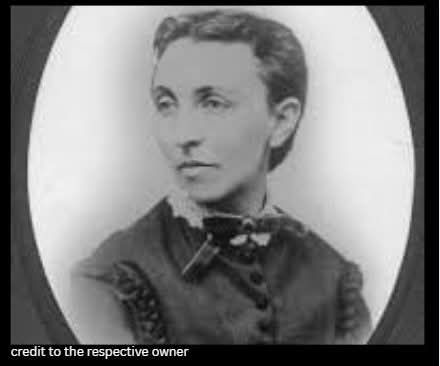In 1872, Amanda Jones, together with her cousin Leroy C. Cooley, made a significant breakthrough in food preservation technology. While canning and preserving food had been around for decades, Jones’ innovation—the vacuum method of canning—marked a major leap forward in the field.
Known as the Jones Method, it involved creating a vacuum seal in food jars. This process effectively removed air from the container, greatly reducing the presence of microorganisms that spoil food. By eliminating these bacteria and other contaminants, food could be preserved much longer without losing its nutritional value or flavor.
The science behind the method was revolutionary for its time. Jones and Cooley realized that by removing air from the container, they created an environment hostile to aerobic bacteria—those that need oxygen to survive. This insight led to a preservation technique that was far more effective and reliable than earlier methods.
Jones’ invention came at a pivotal moment in history. The late 19th century was a time of rapid urbanization and industrialization, creating a growing demand for food that could be stored and transported over long distances without spoiling. The Jones Method helped meet this need, influencing changes in how food was distributed and consumed.
Recognizing the potential of her invention, Jones took a bold step in 1890 by founding the Women’s Canning and Preserving Company. This venture was notable not only for its technological innovation but also for its social progressiveness. At a time when women’s roles in business were highly limited, Jones built a company that placed women in leadership positions.
Unfortunately, the company did not succeed in the long run. Its failure was likely due to a mix of factors, including societal resistance to women-led businesses, economic challenges of the period, competition from bigger established food preservation companies, and possibly limited business resources or experience. Despite this, Jones’ work left a lasting mark on the food industry.
The vacuum canning method she pioneered became a cornerstone of modern food preservation. It paved the way for longer shelf life of various food products, improved food safety by reducing bacterial contamination, preserved flavors better in canned goods, increased efficiency in food storage and transport, and enabled the creation of new food products dependent on long-term preservation.
Today, vacuum sealing is used not just in industrial food production but also in home food preservation. Household vacuum sealers have become popular kitchen tools, helping people extend the life of their food and cut down on waste. The principles behind Jones’ method have also been applied in other fields, such as pharmaceutical packaging, electronics manufacturing to protect sensitive parts from moisture, and space food development for long missions.
Though Amanda Jones may not be a widely known name, her contributions to food science and preservation were significant. Her story highlights the often-overlooked role of women in the scientific and technological advancements of the 19th century. It also underscores the challenges women entrepreneurs faced then, showing both the progressive spirit of pioneers like Jones and the societal barriers that often held them back.
